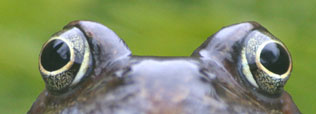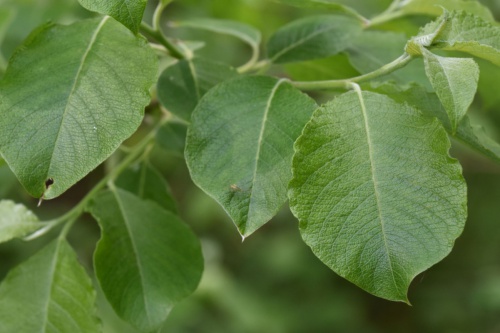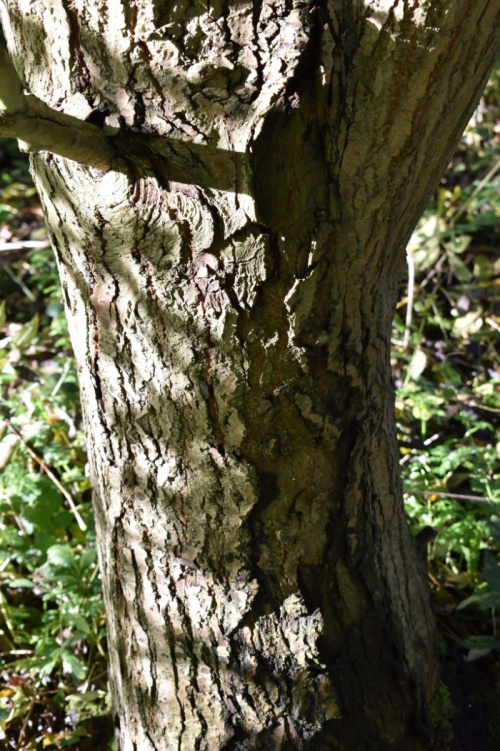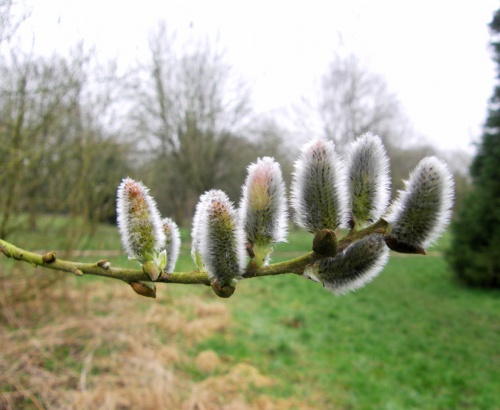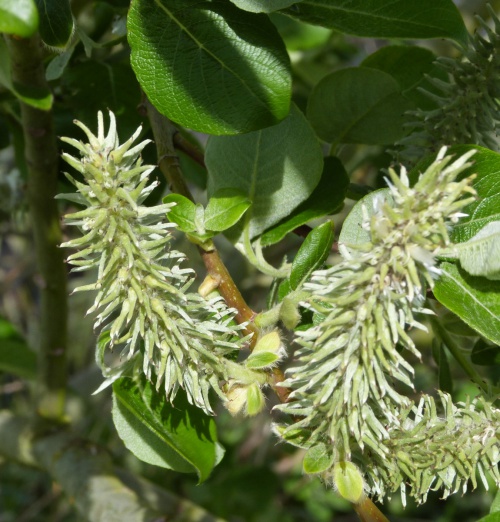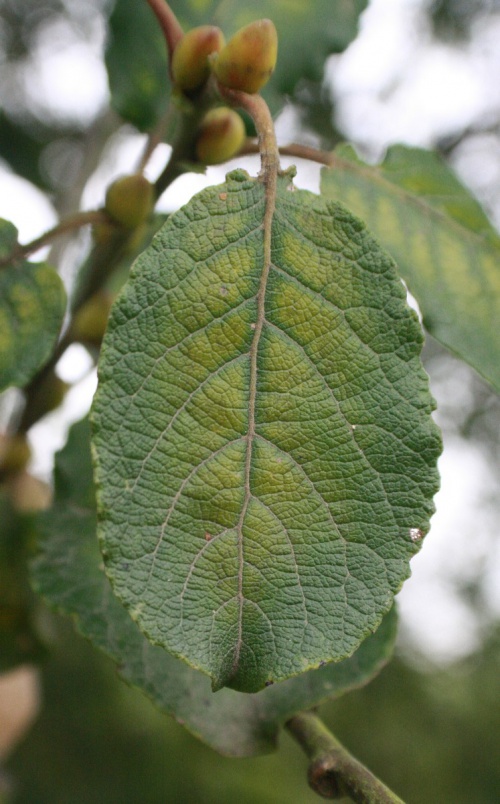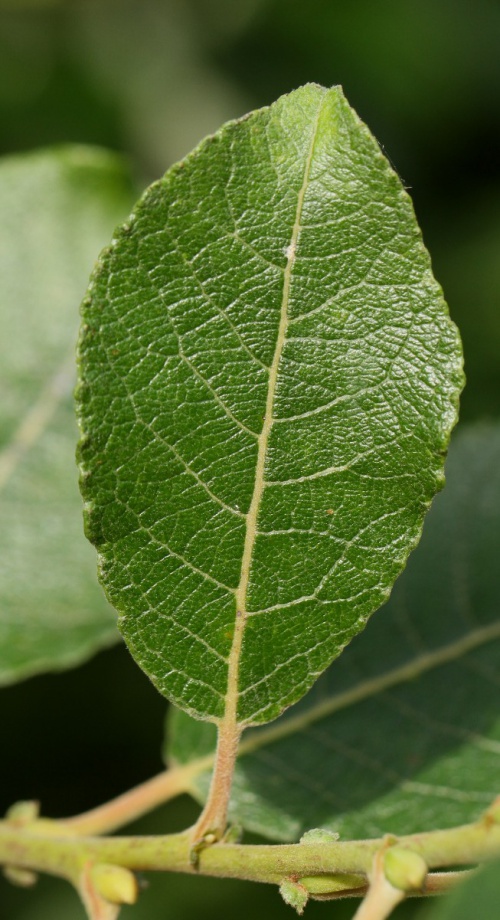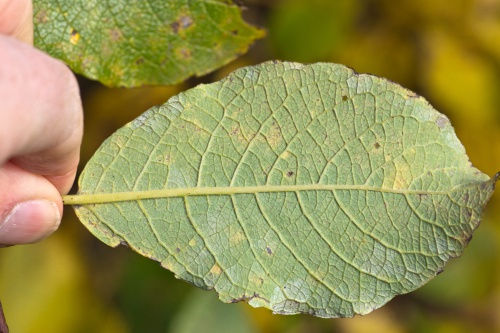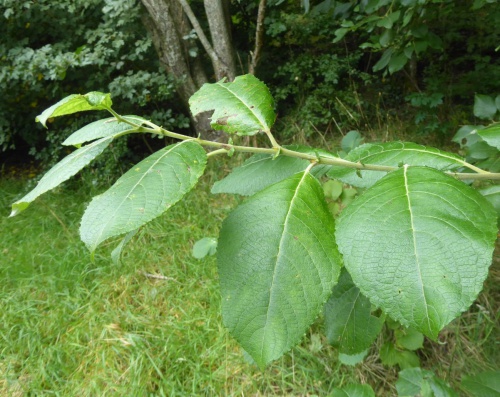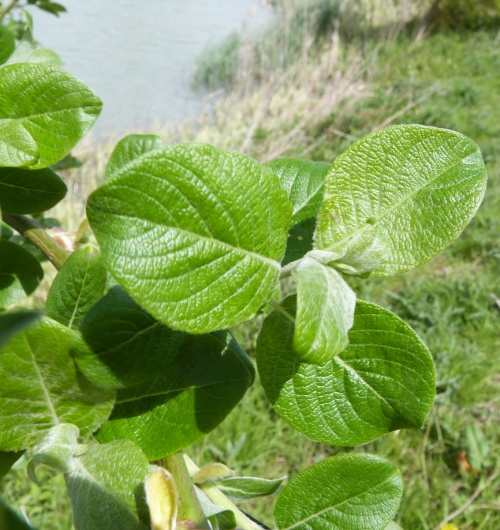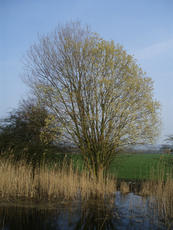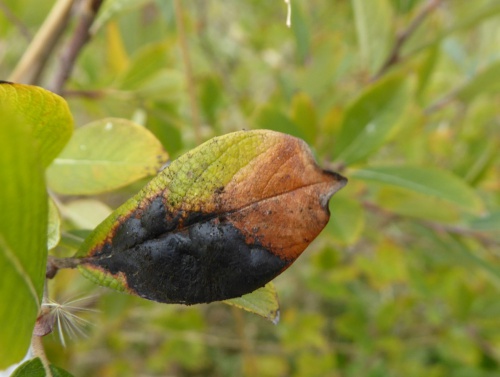Goat Willow - Salix caprea
Shrub or small tree to 10 metres. Bark coarsely fissured. Leaves oval to oblong with a short pointed tip that often twists around, dark green above, grey beneath, shallowly toothed. Buds often yellowish. Catkins silvery white in bud ("Pussy Willow"), appearing before the leaves, often near the tip of the twig. They are ovoid or shortly cylindrical, erect. Male with long filaments up to 1 cm golden yellow, female with narrow flask shaped ovaries.
Hedgerows, rough grassland and damp locations. It tolerates dry conditions better than most other Willows.
Catkins March and April.
Deciduous.
Common throughout Britain.
Common in Leicestershire and Rutland. In the 1979 Flora survey of Leicestershire it was found in 391 of the 617 tetrads.
Leicestershire & Rutland Map
Enter a town or village to see local records
MAP KEY:
Yellow squares = NBN records (all known data)
Coloured circles = NatureSpot records: 2020+ | 2015-2019 | pre-2015
UK Map
Species profile
- Common names
- Pussy Willow, Goat Willow
- Species group:
- Trees, Shrubs & Climbers
- Kingdom:
- Plantae
- Order:
- Malpighiales
- Family:
- Salicaceae
- Records on NatureSpot:
- 128
- First record:
- 11/05/1992 (John Mousley;Steve Grover)
- Last record:
- 24/08/2023 (O'Brien, Helen)
Total records by month
% of records within its species group
10km squares with records
The latest images and records displayed below include those awaiting verification checks so we cannot guarantee that every identification is correct. Once accepted, the record displays a green tick.
In the Latest Records section, click on the header to sort A-Z, and again to sort Z-A. Use the header boxes to filter the list.
Latest images
Latest records
Willow Tarspot
This fungus causes a raised shiny black spot to appear on the leaves of certain willows (more tar-like than the spots found on Sycamore). Usually seen is the stroma, a thickened, blackened region of the leaf tissue, though this is preceded by smaller black spots about 1mm in diameter, the anamorphic (asexual) stage.
